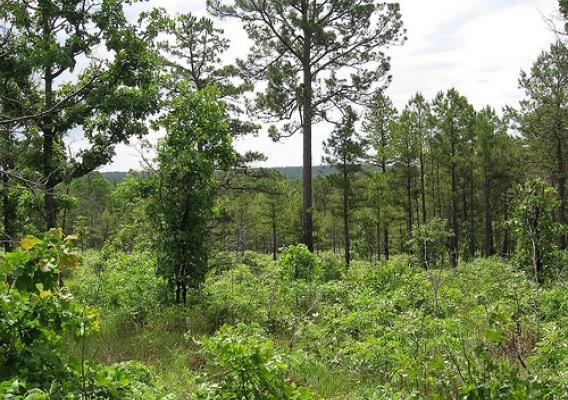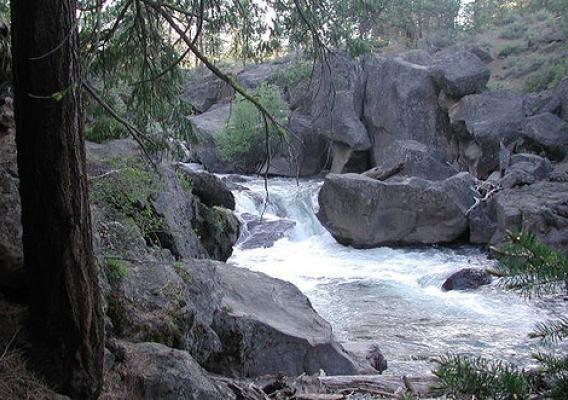With more than 80 percent of the world’s flowering plants relying on pollinators, their importance to natural ecosystems and agriculture cannot be overstated. However, populations of pollinators, including bird, bat, butterfly, beetle and bee species, have been declining around the world. Recognizing the importance of pollinators, Secretary Tom Vilsack of the U.S. Department of Agriculture has proclaimed June 15 to 21, 2015 as National Pollinator Week.
To celebrate Pollinator Week, we are sharing some of the Forest Service’s work to conserve one iconic pollinator species and its habitat – the Monarch butterfly. Monarch butterflies complete incredible migrations of hundreds to thousands of miles each year across North America. Along their migratory paths, Monarchs rely on habitats that contain milkweed species, which is the only plant that they lay their eggs on. Monarch caterpillars feed exclusively on milkweed, which contains chemical compounds that make them poisonous to potential predators.










